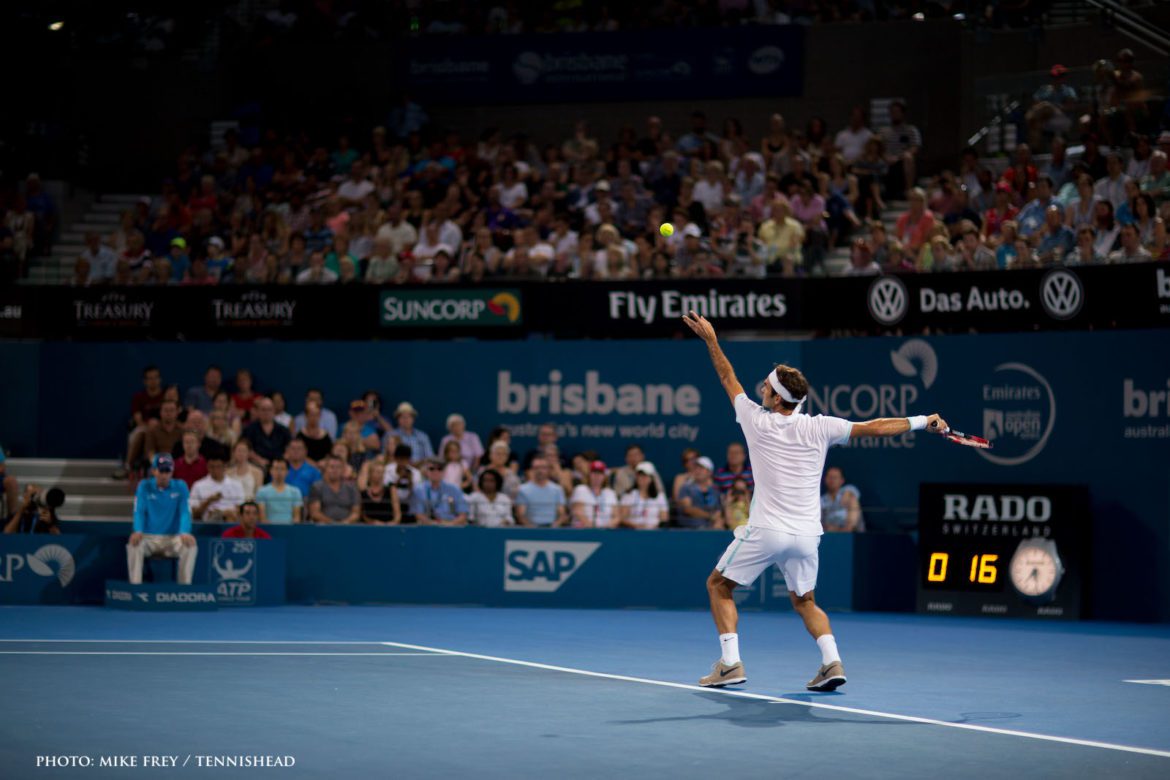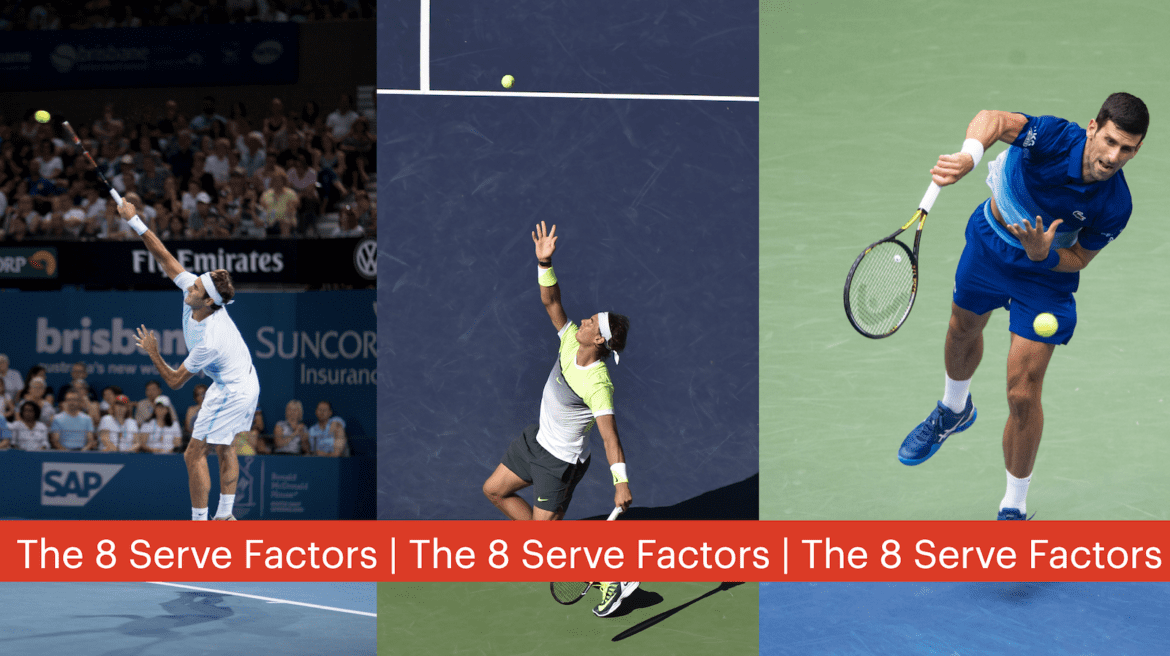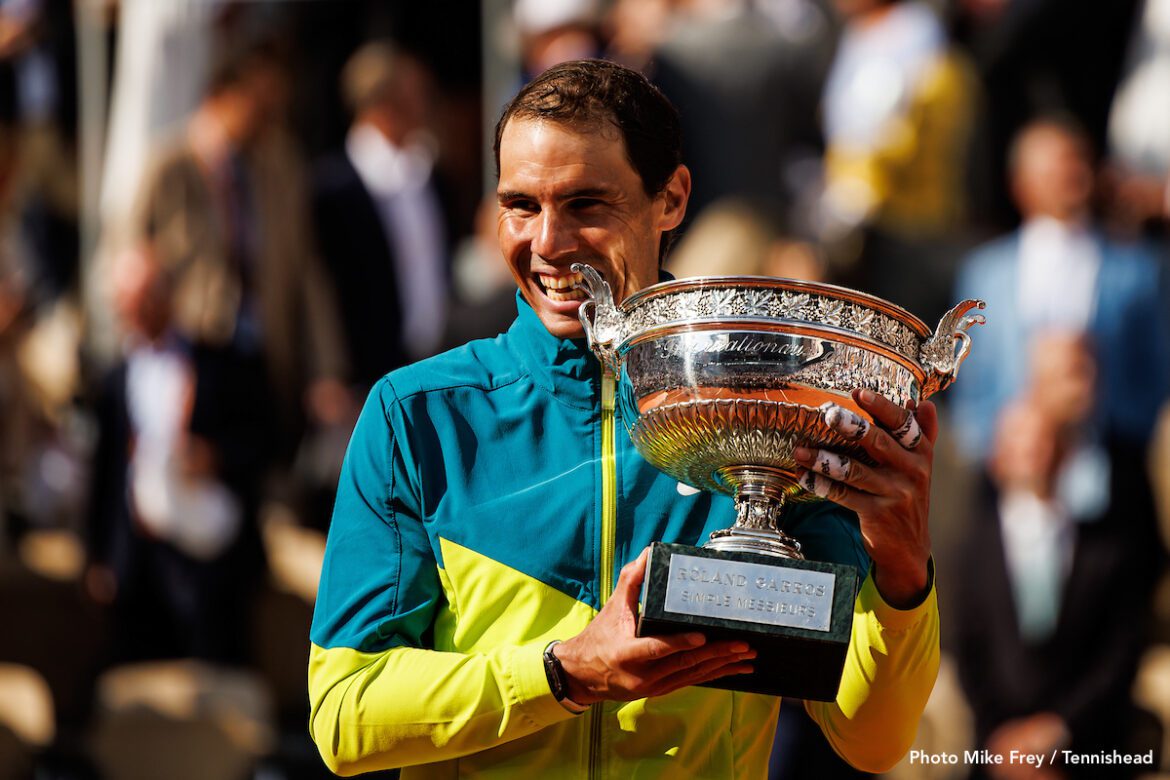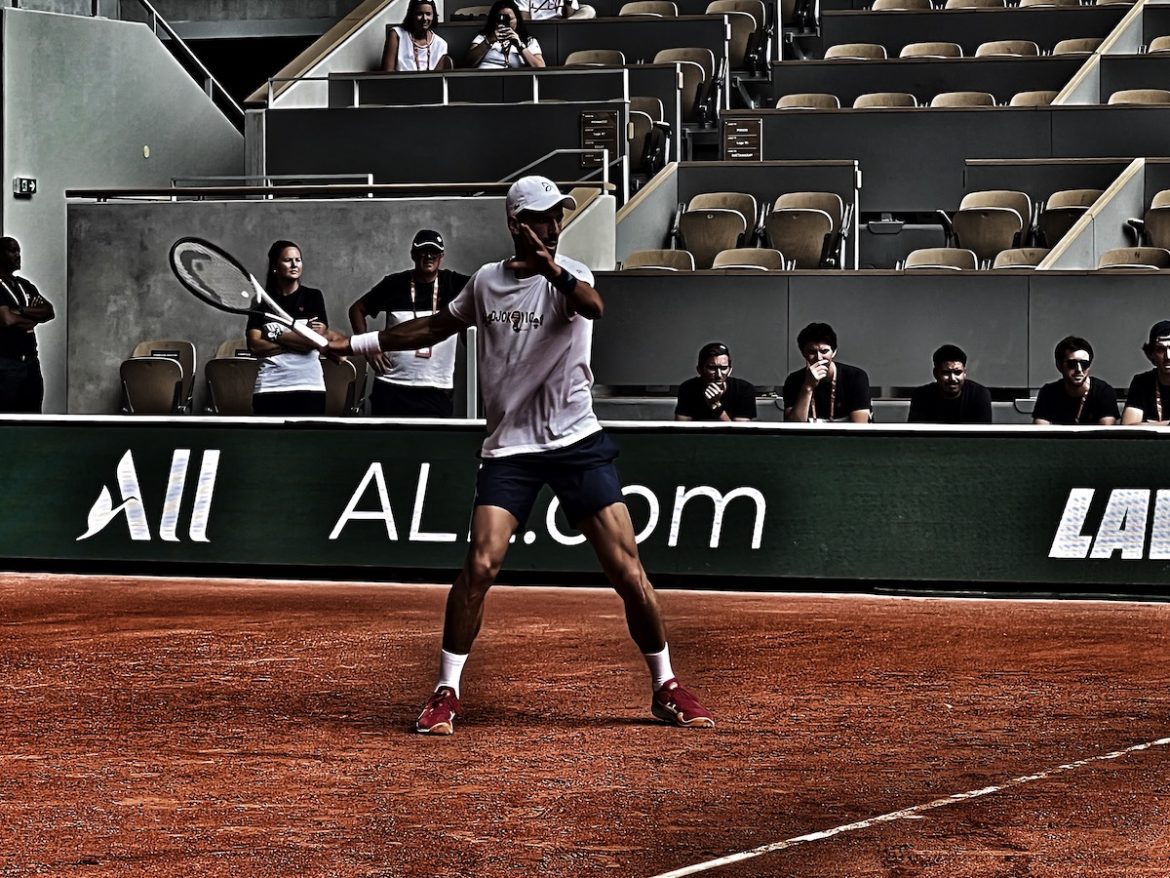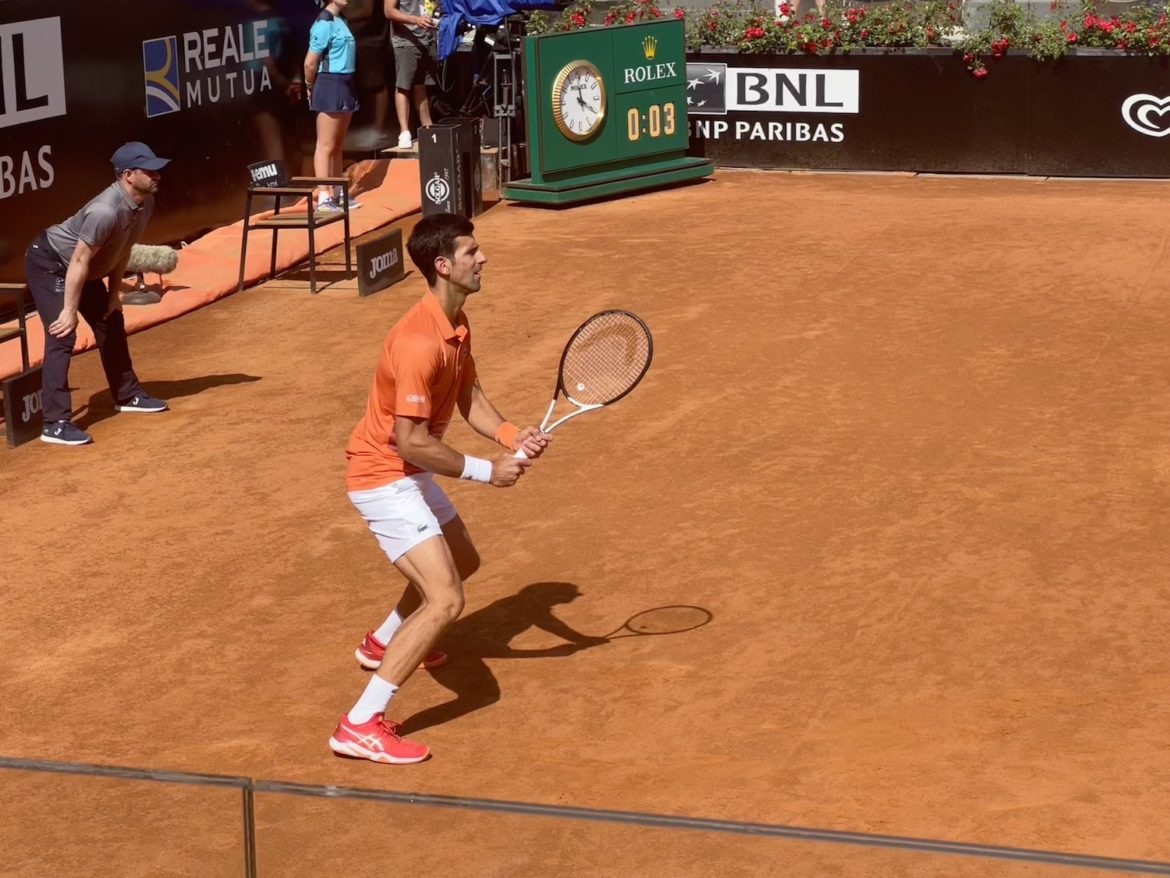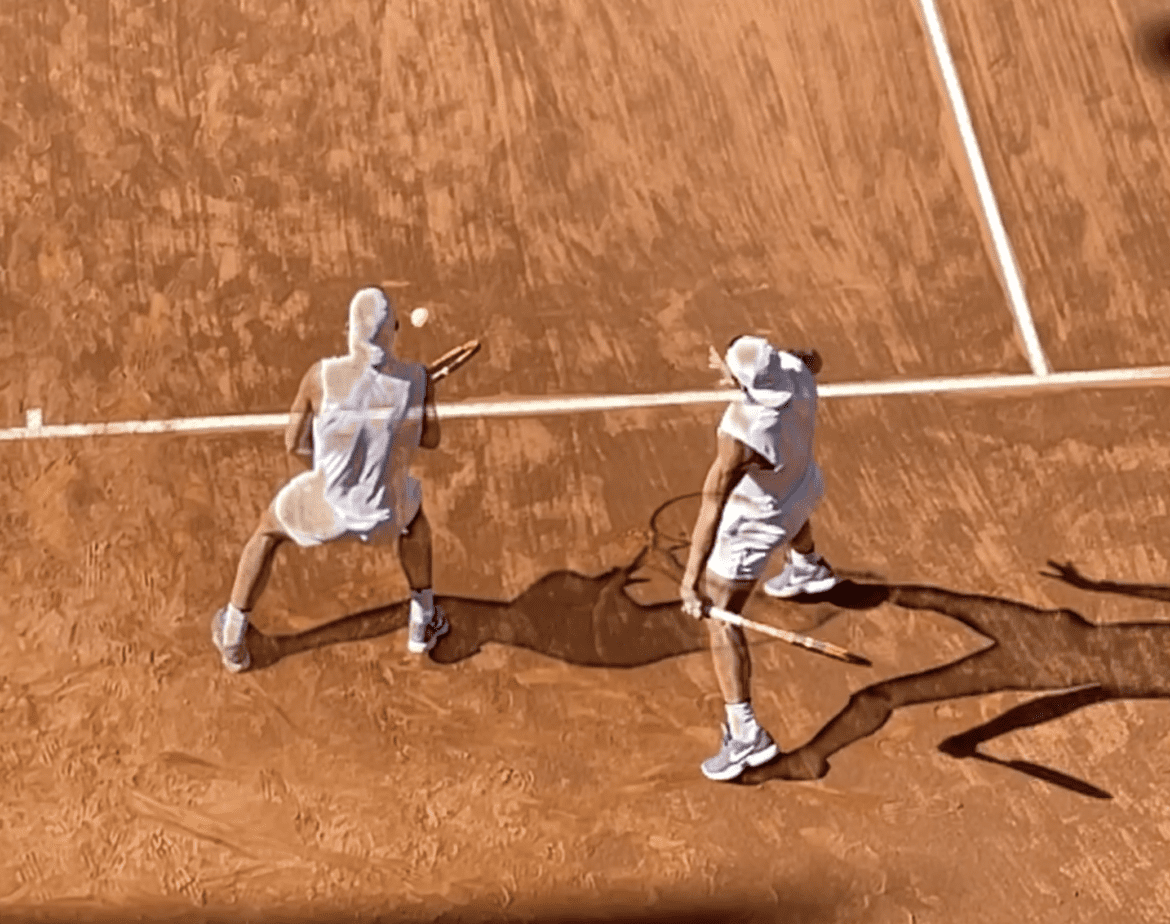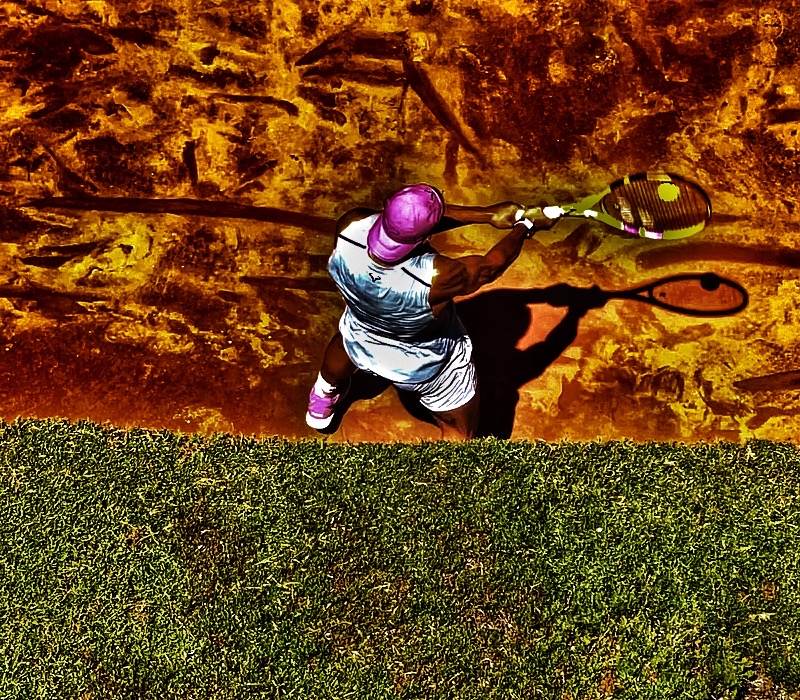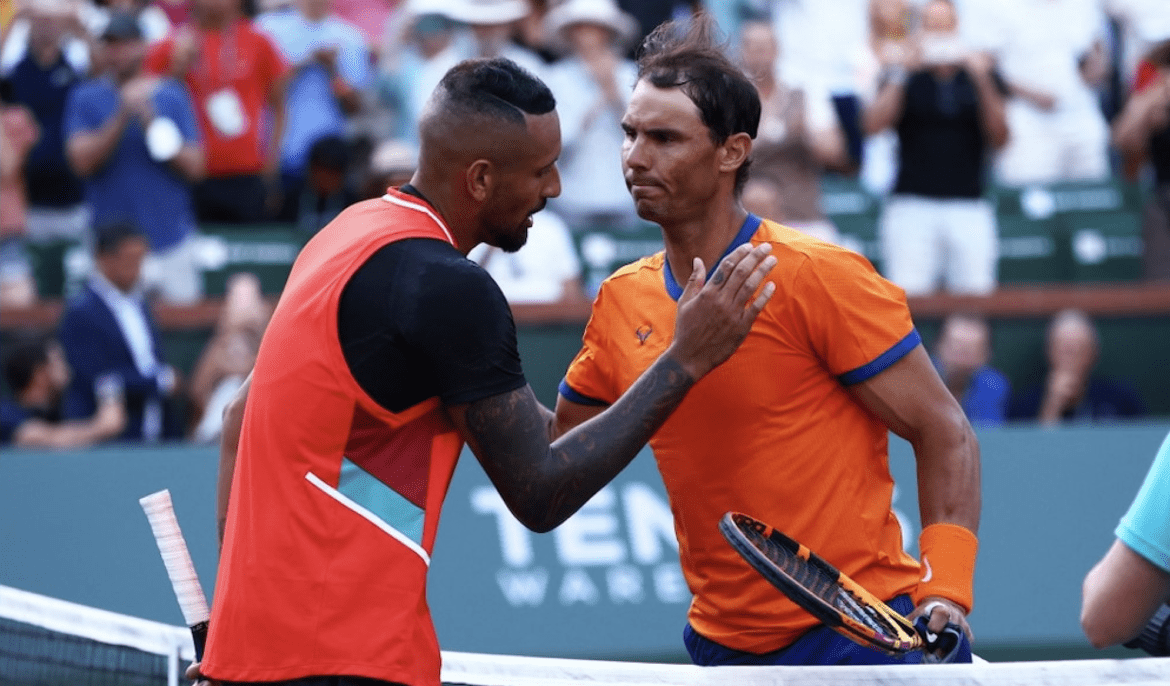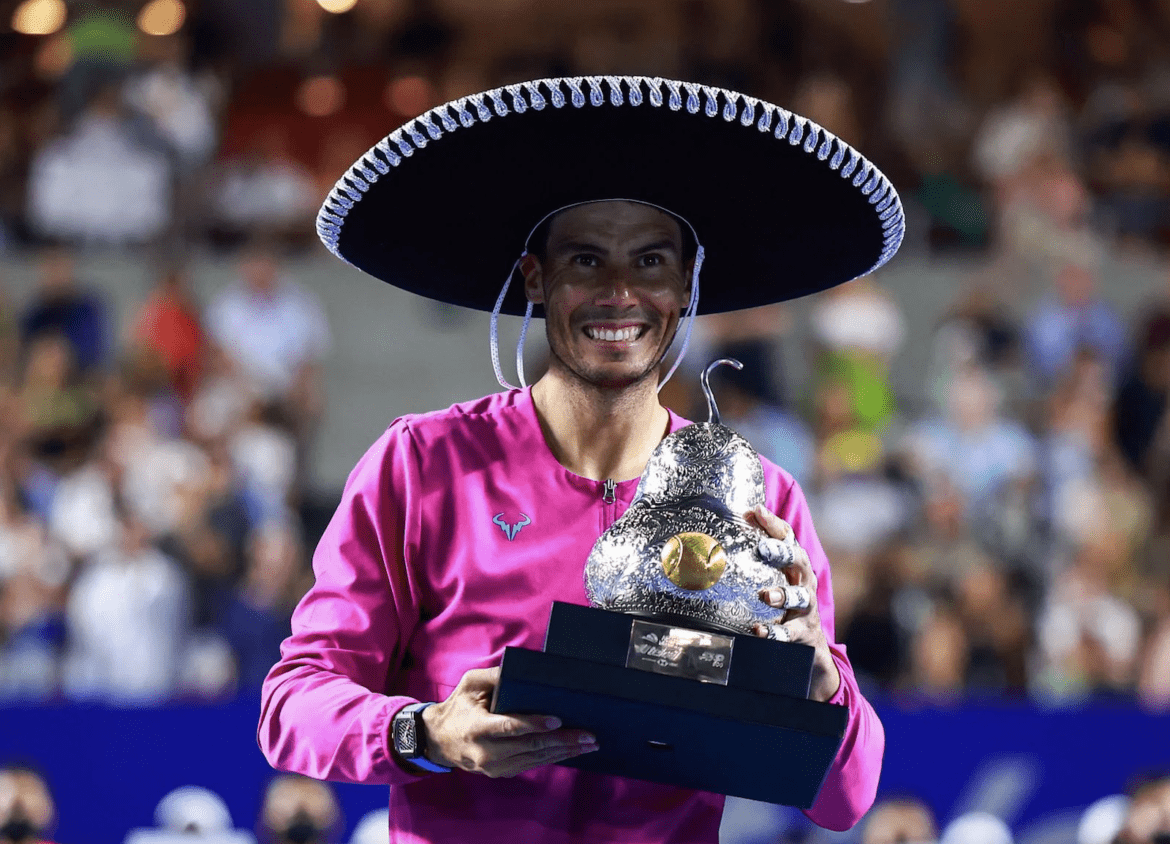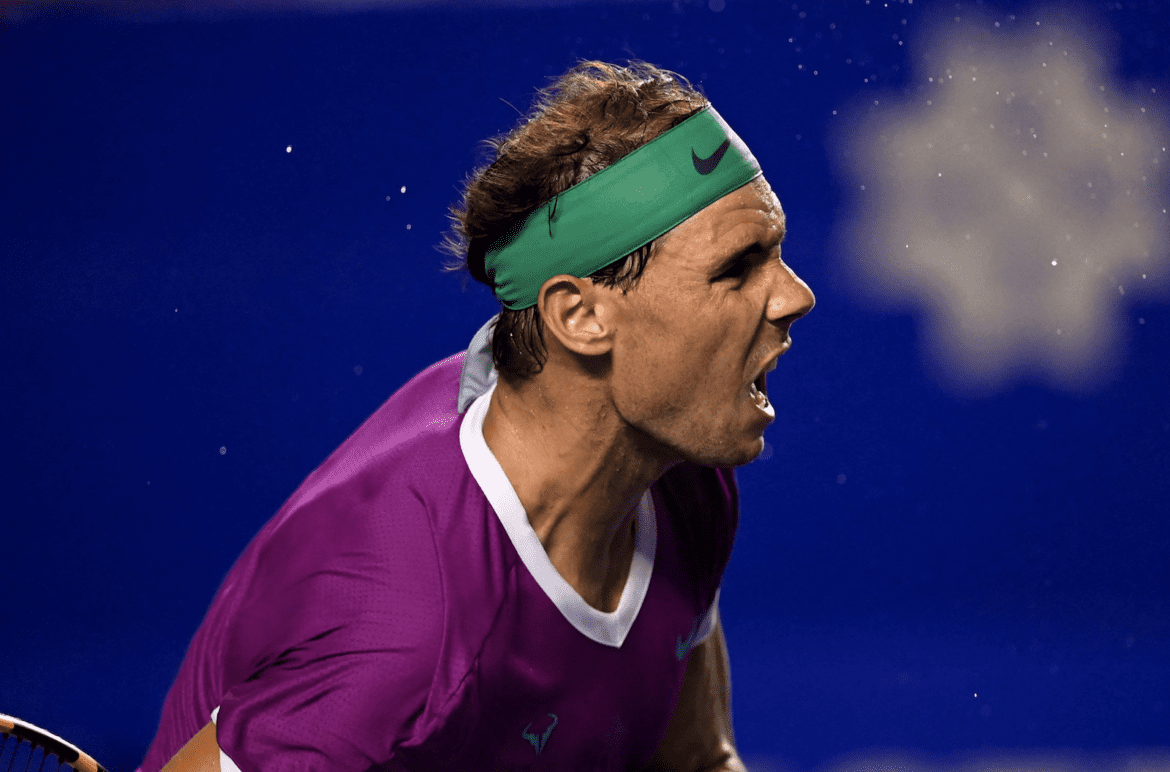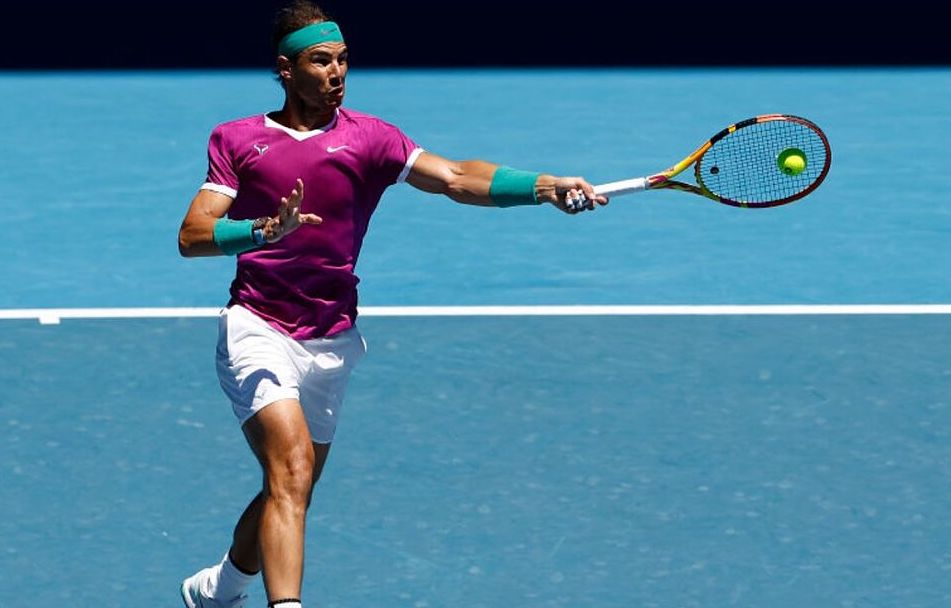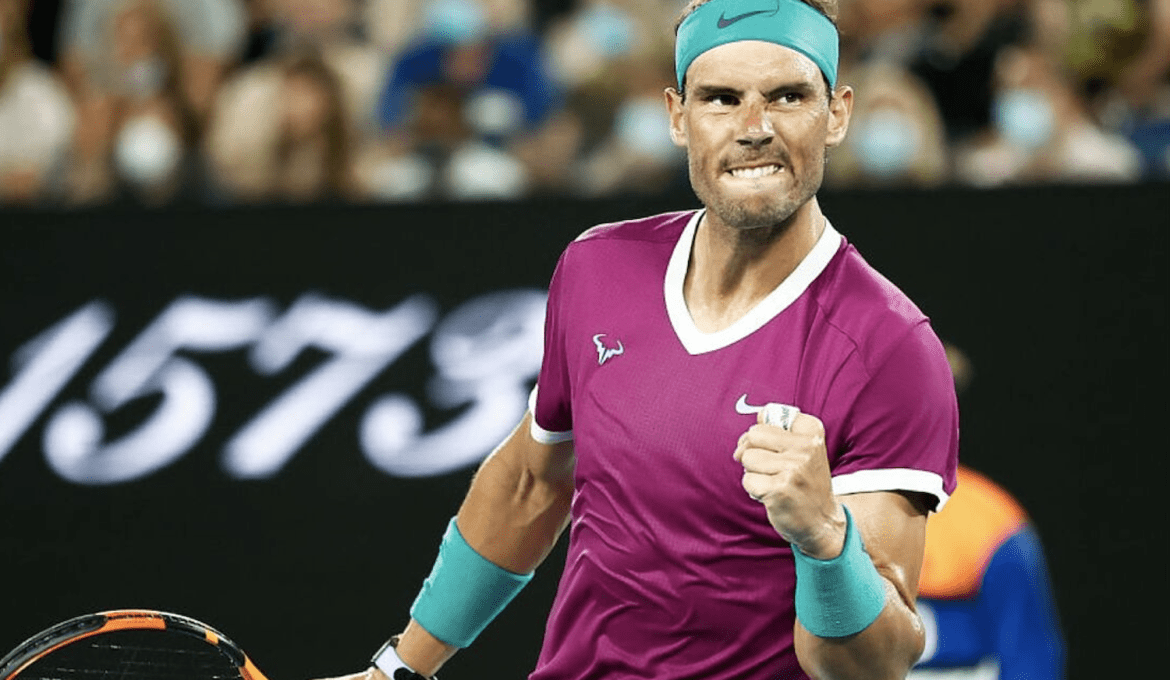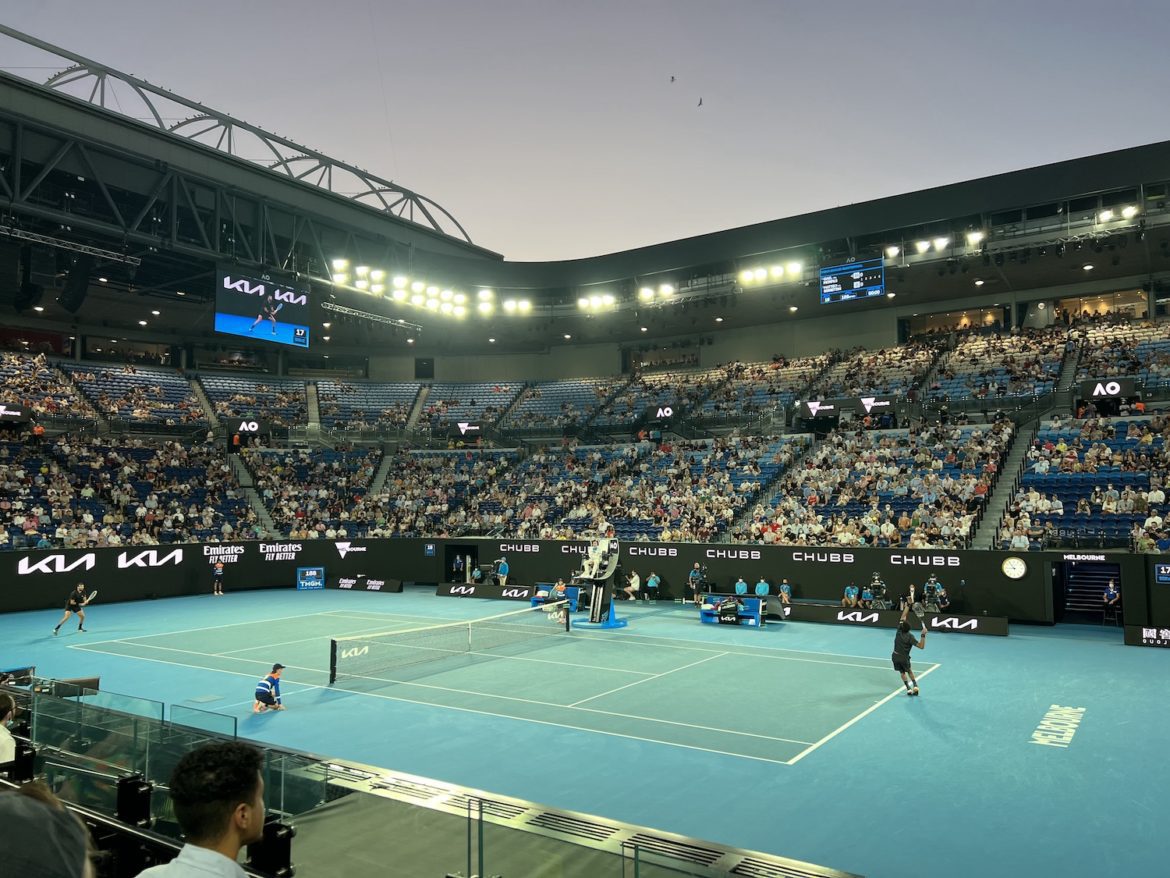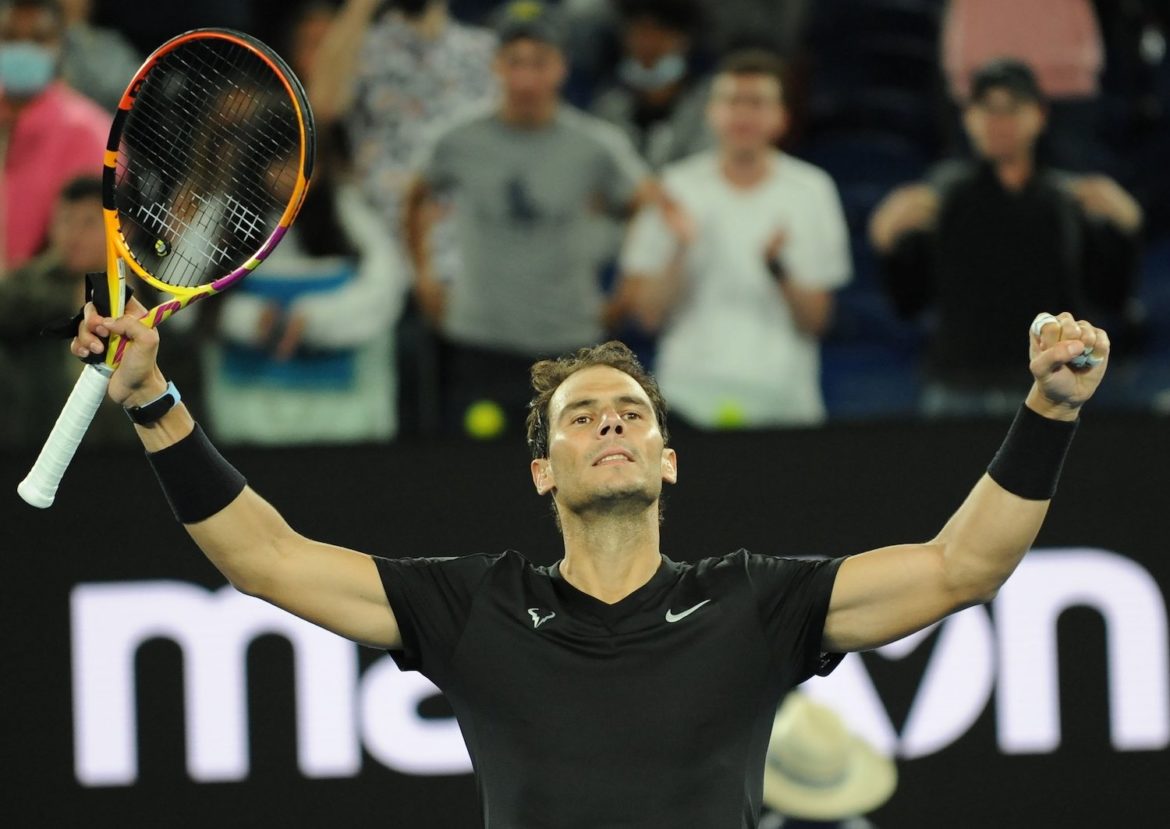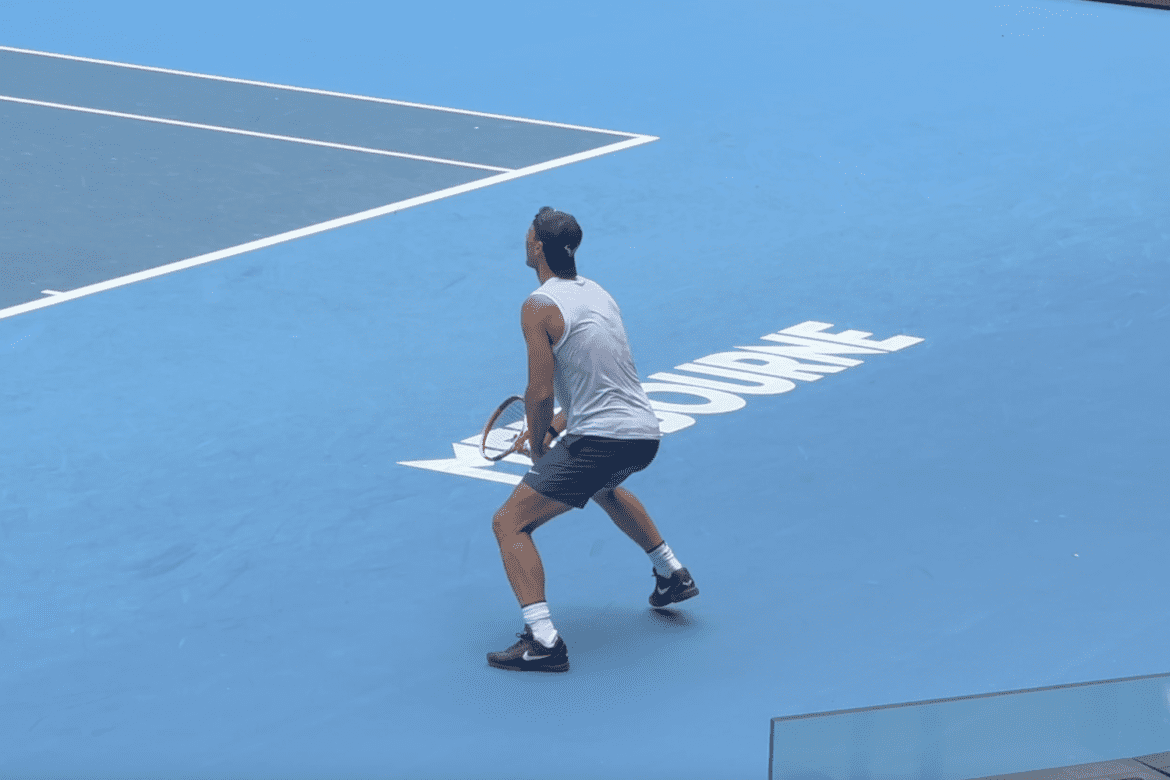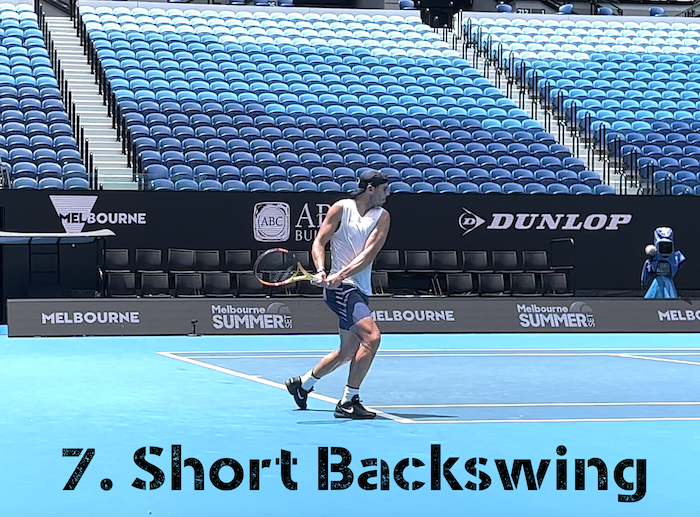The Art Of Winning 2nd Serve Points
Wednesday, 10 August 2022
G’day, Is your second serve a strength of your game? I can say with almost certainty that it is not because it’s not for almost everyone on the 🌏. Consider these numbers from recent US Open tournaments for both men and women. MEN US Open: 2nd Serve Points Won The first thing to consider is
- Published in 2nd Serves, Novak Djokovic, Rafael Nadal, Roger Federer, US Open, Webinars
No Comments
Serve Webinar: The Eight Serve Factors
Monday, 08 August 2022
G’day! You always play two matches when you step onto the court to compete. During the point. Between the points. We have all heard how tennis is such a mental game. Staying focused on your game plan and the opponent is a crucial element of that. The August 18th webinar (Serve Strategy: Patterns, Percentages
- Published in Novak Djokovic, Rafael Nadal, Roger Federer, Serve Webinar, Serving, Stefanos Tsitsipas
Rafael Nadal: Roland Garros Serve/Return Analysis
Thursday, 02 June 2022
G’day, Rafael Nadal is through to the semi-finals of Roland Garros, chasing an unprecedented 14th title in Paris. Here’s the road he has taken so far: Rd 1 def. Jordan Thompson 6-2, 6-2, 6-2 Rd 2 def. Corentin Moutet 6-3, 6-1, 6-4 Rd 3 def. Botic Van De Zandschulp 6-3, 6-2, 6-4 Rd 4 def.
- Published in Rafael Nadal, Roland Garros
2022 Roland Garros Preview: 25 Match Metrics For Nadal & Djokovic
Monday, 30 May 2022
G’day from Paris, Rafael Nadal and Novak Djokovic will play for the 59th time in the quarter-finals of Roland Garros on Wednesday. Overall, Djokovic leads the head-to-head 30-28. Djokovic won their last meeting, which was at Roland Garros in 2021. All of that will be water under the bridge when they do battle in the
- Published in Novak Djokovic, Rafael Nadal, Rally Length, Roland Garros
Rome 2022: Return Serve Position Analysis
Sunday, 15 May 2022
G’day from Roma, You can break down what happens in a tennis match into four simple categories. Serving Returning Rallying Approaching Different players are going to employ different strategies, but in general, you are going to find minor variations in the patterns of play because players know what works and what doesn’t from playing hundreds
- Published in ATP Tour, Novak Djokovic, Rafael Nadal, Return Of Serve, Rome
Rafael Nadal Simulcam & Stromotion Forehands
Thursday, 28 April 2022
G’day Watching two Rafa’s spank forehands instead of one is simply mesmerizing! Stromotion and Simulcam are two very cool tools in the Dartfish suite that I don’t typically use a lot. But these videos of Rafael Nadal practicing in Rome in 2021 seemed like a good idea! The Simulcam tool puts two Rafa’s on the
- Published in Rafael Nadal, Rome, Simulcam
Rafael Nadal: How He Thrives From A Ultra-Deep Return Position
Tuesday, 26 April 2022
G’day, Thanks to Rafael Nadal, we are in the age of the ultra-deep returner. Rafa started the revolution of standing wayyyy back near the back fence to return, and now other players such as Daniil Medvedev, Casper Ruud, and more are following suit. What’s the benefit? Glad you asked! The end game for Rafa to
- Published in Court Position, Rafael Nadal, Return Of Serve, Rome
Nadal def. Kyrgios. Returning & Rallying. What Were Their Targets?
Friday, 18 March 2022
Rafael Nadal def. Nick Kyrgios 7-6(0), 5-7, 6-4 Where you return serve and where you rally are the not same locations. The 2022 Indian Wells quarter-final between Rafael Nadal and Nick Kyrgios offers a prime example of players’ different targets when returning a serve and developing a rally. Return Of Serve Players generally have a
- Published in ATP Tour, Nick Kyrgios, Rafael Nadal, Return Of Serve
Nadal is 15-0 to start the season. One metric stands out…
Monday, 28 February 2022
Rafael’s 2022 Renaissance. The 35-year-old Spaniard has: won his first 15 matches in a row to start 2022. That’s the best start to a season ever for the Spaniard. won 13 sets in a row. won the last 11 finals in a row he has competed in. moved up one spot in the ATP Rankings
- Published in ATP Tour, Australian Open, Daniil Medvedev, Rafael Nadal
Nadal def. Medvedev. The 3 Strategic Reasons Why.
Saturday, 26 February 2022
Droppers. S&V. Run-arounds. Rafael Nadal defeated Daniil Medvedev 6-3, 6-3 in the semi-finals of the ATP500 Acapulco Open on Friday night. The scoreboard looks fairly routine. It was far from it. The first thing to understand is that Nadal converted 3/6 break points, while Medvedev went… wait for it… 0/11. 0 for California. 0 for
- Published in ATP Tour, Daniil Medvedev, Rafael Nadal
2022 Australian Open Final: Nadal d Medvedev Analysis In 42 Enhanced Tweets
Tuesday, 15 February 2022
G’day! I think most of us are still scratching our heads trying to figure out how Rafael Nadal staged such a brilliant comeback in the 2022 Australian Open final against Daniil Medvedev. I was fortunate enough to be at the match and tweeted throughout it. A couple of days ago, I started re-reading the tweets
- Published in Australian Open, Daniil Medvedev, Rafael Nadal
The Numbers: Nadal v Medvedev
Saturday, 29 January 2022
Rafael Nadal v Daniil Medvedev in the 2022 Australian Open Final. Six matches down. One to go. Who do you think is going to win the Aussie Open final? It’s time to look back at the six matches both players have played to figure out where the strengths are and where the opponent will likely
- Published in Australian Open, Daniil Medvedev, Rafael Nadal
2022 Australian Open: Men’s Semi-Finalists. 22 Match Metrics
Thursday, 27 January 2022
It’s semi-final time at the 2022 Australian Open. Who have you got? Nadal or Berrettini? Or how about Tsitsipas or Medvedev? I have compiled 22 match metrics to help you figure out who is doing what better in their five matches leading up to the semi-finals. Enjoy the stats and let’s hope for some great
- Published in Australian Open, Daniil Medvedev, Matteo Berrettini, Rafael Nadal, Stefanos Tsitsipas
If Rafael Nadal was a stock, he would be a BUY at the 2022 Australian Open
Friday, 21 January 2022
Rafael Nadal is ticking all the right boxes through the first three rounds of the 2022 Australian Open. Here’s his tournament to date. Rd 1 def. Marcos Giron 6-1, 6-4, 6-2 Rd 2 def. Yannick Hanfmann 6-2, 6-3, 6-4 Rd 3 def. Karen Khachanov 6-3, 6-2, 3-6, 6-1 SERVING GRADE = A- 1ST SERVE POINTS
- Published in Australian Open, Rafael Nadal
Rafael Nadal’s 1st Serve Return Footwork
Sunday, 02 January 2022
I learned something new about Rafael Nadal yesterday. I have watched Rafa play A LOT of matches throughout his long career. I have poured over his match statistics. I have studied his mannerisms and even coached against him – with mixed success. I took a few short videos of his practice yesterday at the 2022
- Published in Australian Open, Rafael Nadal, Return Of Serve
Rafael Nadal 10 Step 2nd Serve Return Sequence
Saturday, 01 January 2022
I watched Rafael Nadal practice for two hours yesterday on Rod Laver Arena. It was Rafa’s second day of practice here at the 2022 Australian Open, and he was hitting with fellow Spaniard, Juame Munar. Rafa’s level was very solid. I would say he was about an 8/10. After a long flight from Spain, the
- Published in Australian Open, Practice Court, Rafael Nadal
- 1
- 2
